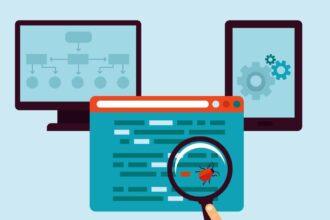CIOs across the globe have embraced cloud computing for myriad reasons; however a key argument is cost savings. If a typical corporate server is utilized anywhere from 5-10% over the life of the asset, then it’s fair to argue the CIO paid ~10x too much for that asset (assuming full utilization). Thus a CIO then has two choices – embark on a server consolidation project—or use cloud computing models to access processing power and/or storage, when needed, on a metered basis. Cloud computing isn’t the only place where utility based pricing is taking off. An article in the Financial Times shows how the use of “Big Data” in terms of volume, variability and velocity, is stoking a revolution in real-time, pay-per-use pricing models. The FT article cites Progressive Insurance as an example. With the simple installation of a device that can measure driver speed, braking, location and other data points, Progressive can gather multiple data streams and compute a usage based pricing model for drivers that want to reduce premiums. For example, rates may vary depending on how hard a customer brakes, how “heavy they are on the accelerator”, or how many miles they drive. The installed device works wirelessly to stream automobile data back to Progressive’s corporate headquarters, where billing computations take place in near real time. Of course, the driver must be willing to embark upon such a pricing endeavor, and possibly lose some privacy freedoms, however this is often a small price to pay for the benefit of a pricing model that correlates safer driving habits with a lower insurance premium. And this is just the tip of the iceberg. Going a step further to true utility based pricing, captured automobile data points also make it possible to create innovative pricing models based on other risk factors. For example, if an insurance company decides it is riskier to drive to certain locales, or from 2am-5am, they can attach a “premium price” to those decisions, thus letting a driver choose their insurance rate. Even more futuristic, it might be possible to be charged more or less based on discovery of how many passengers are driving with you! Whether it is utility based pricing of electricity based on time of day, cloud computing, or even pay as you go insurance, with the explosion of “big data” and other technologies, it’s already possible to stream and collect various data, calculate a price and then bill a customer in a matter of minutes. The key consideration will be consumer acceptance of such pricing models (considering various privacy tradeoffs) and adoption rates. If the million “data collection” devices Progressive has installed are any indication, much less the general acceptance of utility priced cloud computing models, it appears we’ve embarked upon a journey in which it’s far too late to go back home.
You Might also Like
When Ideology Reigns Over Data
6 Min Read








